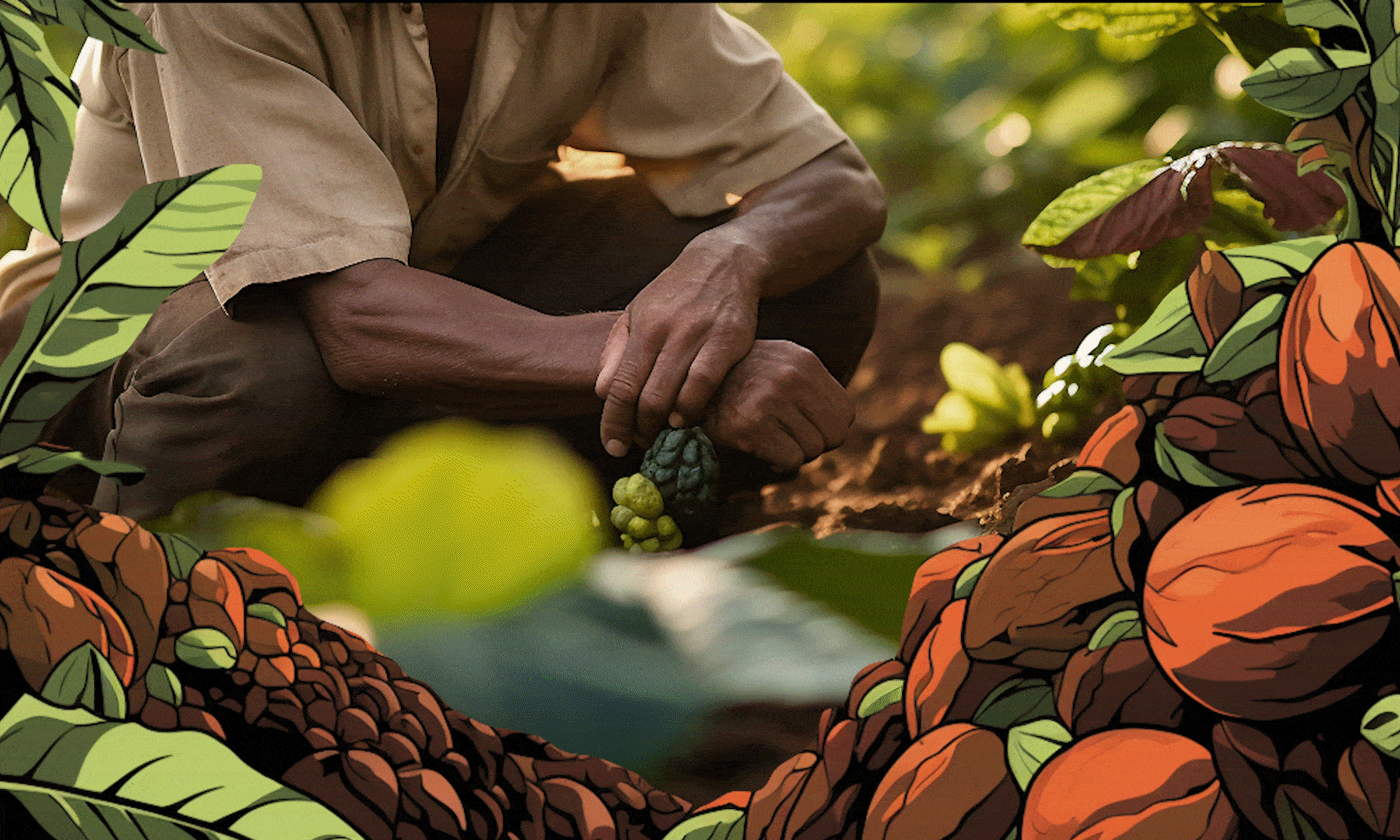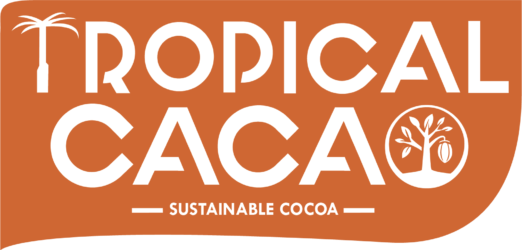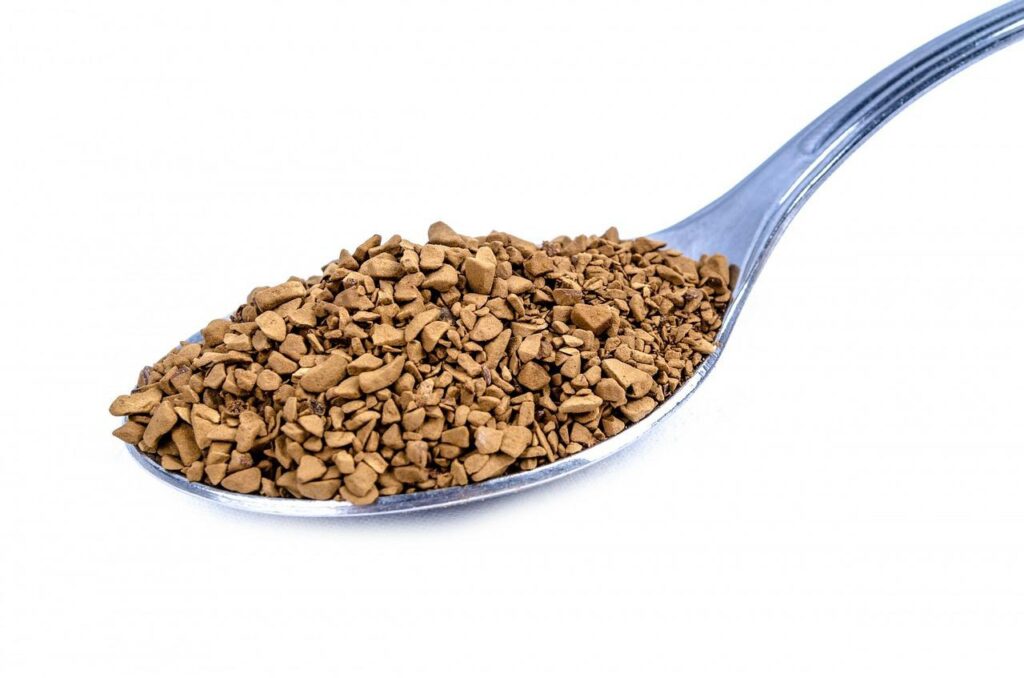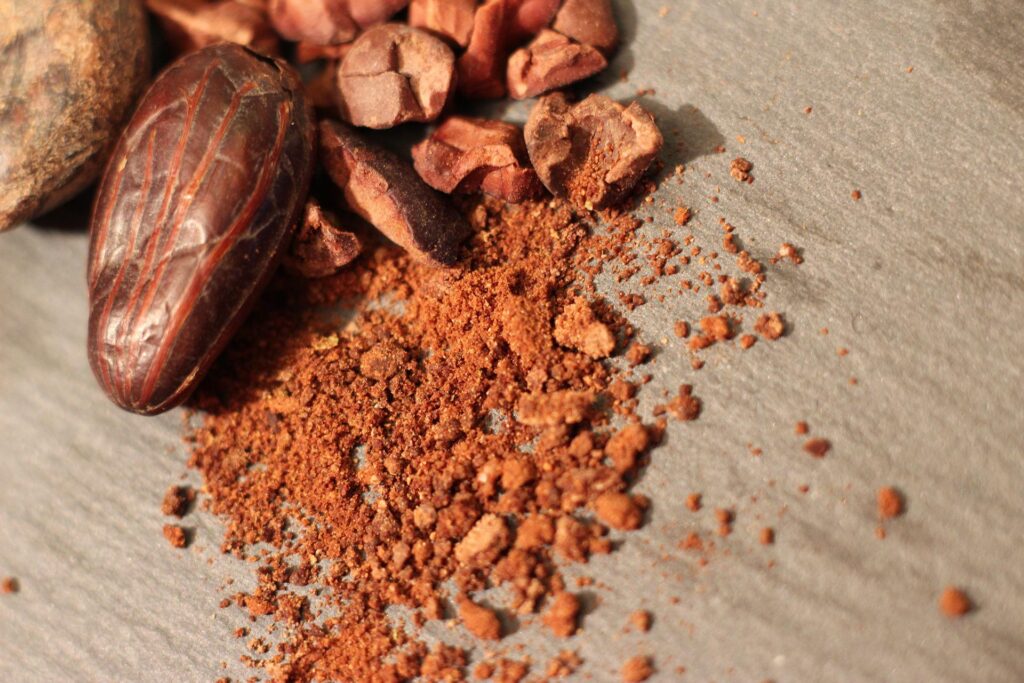We have been talking about cacao, chocolate, cocoa, pods, etc. and probably the only thing you want to know is how sweet chocolate is made. Your time has come and your needs are about to be satisfied!
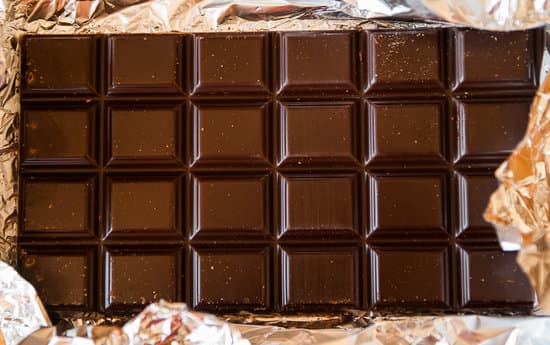
The first step is so obvious, Harvesting!
The cacao pods have to be harvested for there to be chocolate. When the cacao ripens, farmers handpick the pods using machetes
After harvesting, the seeds are separated from the pulp and the pods by scraping and the fermentation process begins. The fermentation process is natural. It happens through the natural yeast in the cacao beans. Fermentation is very crucial as it helps to deepen the choco flavor. Normally, it takes between 2 to 8 days. The longer the fermentation process, the richer the flavor. This is probably what differentiates your favorite chocolate from its competitors. After fermentation, the beans are spread and left to dry for more days under direct sunlight. This prevents molding. The beans are thereafter packaged and transported to the manufacturers.
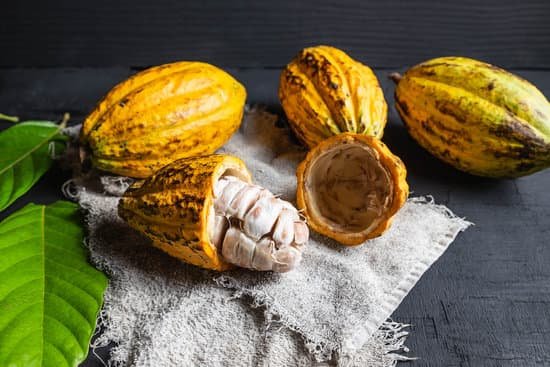
When the beans arrive at the manufacturers, they are thoroughly cleaned to remove any sticky stones and dirt, and then they are roasted. Roasting occurs pretty easily. The beans are stirred constantly to ensure even heating without additional fats or oils. This is essential in bringing out the chocolate flavors and colors.
The beans are then winnowed to remove the hull of the bean and the inner cacao nibs. The nibs are then ground into cocoa powders. During the process, the nibs go through friction that liquefies the powder into a thick paste called chocolate liquor. Cocoa paste/liquor is then poured into molds of different shapes and left to cool. This is the unsweetened or bakers chocolate. Chocolate liquor can alternatively be pressed to separate cocoa butter from cocoa powder.
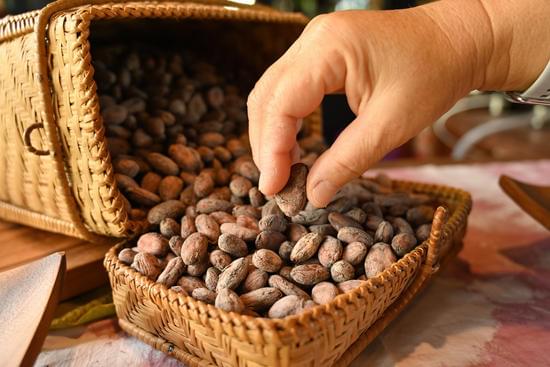
To make the sweet chocolate sold at the shops, blending is done. The chocolate paste is mixed with extra cocoa butter for that extra mouth feel and smoothness, then sugar, milk, flavors, stabilizers, and emulsifiers are added. The quality of the chocolate depends on the ratios of the ingredients.
Cocoa butter can be used in making other products such as skin, hair, and body oils. Cocoa can also be used in a variety of dishes as savory.
